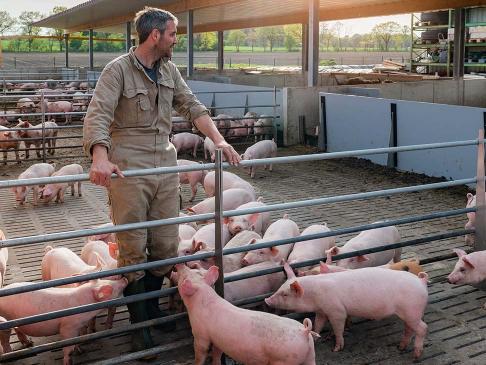
Economists are particularly bad at predicting what the future holds for the economy or specific market trends. Still, economists find gainful employment making predictions. The reason comes down to economic resiliency.
Everyone is hoping to obtain a bit of information that will help them make better decisions and maintain profitability even when times get tough. Knowing if prices will be up or down would certainly be a tremendous advantage, but the real secret to economic resiliency lies much closer to home than we might realise. (US National Pork Board and Pork Checkoff)
Before we proceed, let’s clear up the term economic resilience. In general, resilience is the ability of a system to continue operating after sustaining a shock. In economic terms there are two aspects, static and dynamic resiliency, each describing a different response to sustaining a shock. Static resiliency is the ability of a system to continue to use resources efficiently after a shock, and dynamic resiliency is the speed with which a system can return to maximum output after the shock. In simple terms, static resilience is how well your business can take a hit, and dynamic resilience is how quickly your business gets back to normal after the hit.
Prepare for profitability shocks
With this definition in mind, we can see how economic resiliency does not lie in better knowledge of future events but rather in preparedness for the arrival of shocks to profitability. One of the best examples is found in your farm’s disease management practices. Disease has a significant influence on long-term profitability. Disease management is one of the most important tactics to improve and protect profits. Keeping disease out falls under static economic resilience, while effective treatment, stabilisation and recovery falls under dynamic economic resilience.


We all know disease management is important, but I suspect many do not fully appreciate the real cost of disease and underinvest in prevention.
Here are three examples of how disease cost is underestimated.
Not properly accounting for losses from reduced production performance, especially in finishing, is the top way disease cost is underestimated. Anyone can tell how profit would be impacted if feed cost rose by 5%, but it becomes trickier to say how much profit would be impacted if growth rates decreased 5%.
Subclinical disease, where even minimal impacts add up over longer periods, saps economic performance.
The most severe underestimation occurs when we fail to acknowledge the role variation plays in profitability. Two farms can have the same average performance, but the farm with more variation will have less profitability.

